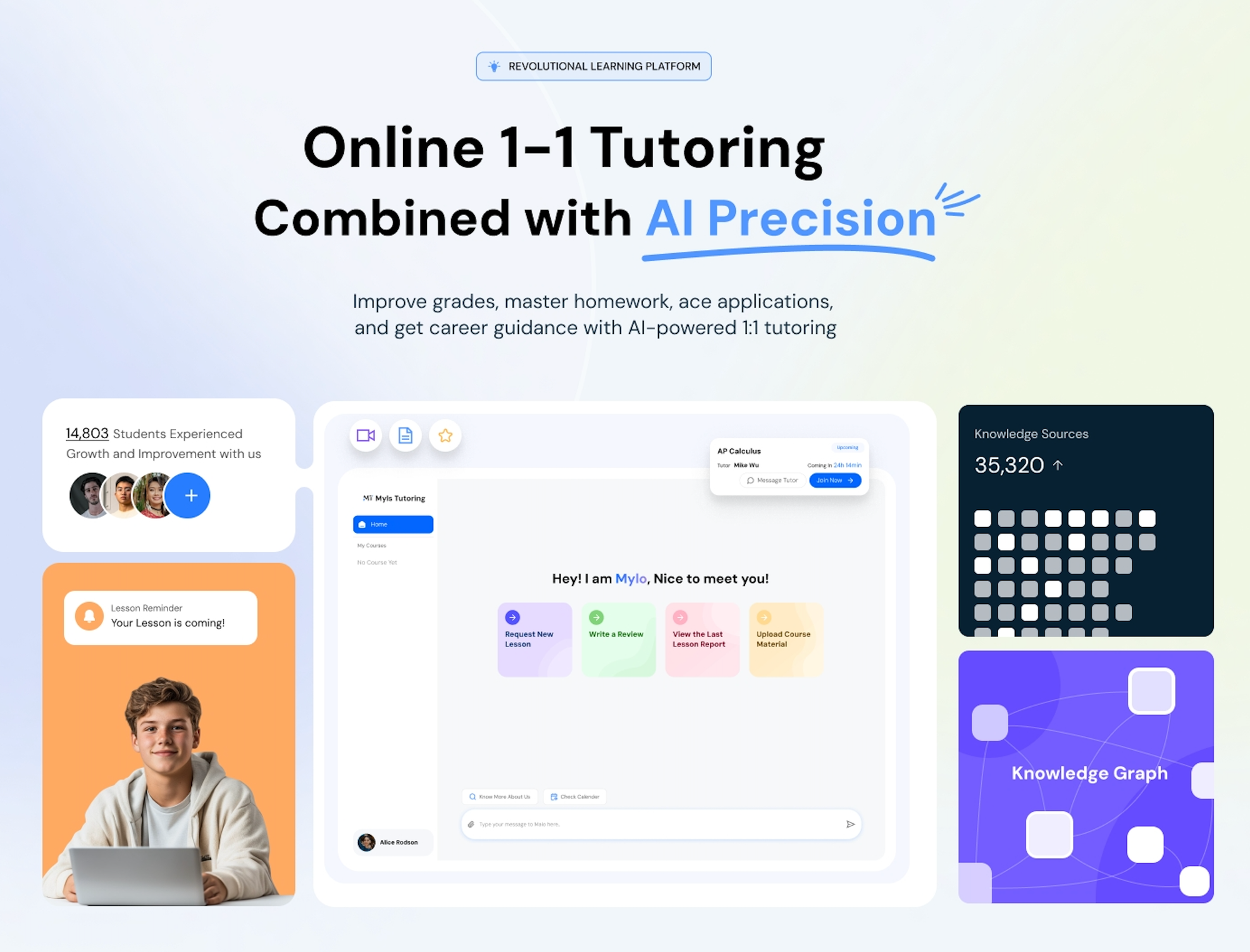General vs. Academic IELTS: Which One Do You Need and How to Prepare?
Should you take Academic or General Training IELTS? This guide helps you decide based on your goals—university, immigration, or work. Learn how the versions differ, what they test, and how Myls Tutoring creates a personalized plan for whichever path you choose.

If you’re planning to take the IELTS exam, one of the first decisions you’ll need to make is this: Should you take the General Training or the Academic version? While the overall structure and scoring are similar, the content and purpose of each test differ in important ways.
Choosing the right version isn’t just a formality—it can determine whether your results are accepted by your target institution or immigration body. In this blog, we’ll break down the key differences, who should take each version, and how to prepare strategically based on your choice.
What’s the Difference Between Academic and General IELTS?
Shared Structure, Different Content
Both versions of IELTS include four skills: Listening, Reading, Writing, and Speaking. However, the Reading and Writing sections differ between Academic and General Training.
| Section | Academic IELTS | General IELTS |
|---|---|---|
| Listening | Same for both | Same for both |
| Reading | 3 long, complex texts from academic sources | 3 sections with everyday and workplace materials |
| Writing | Task 1: Describe a graph or diagram Task 2: Formal essay | Task 1: Write a letter (formal/informal) Task 2: Formal essay |
| Speaking | Same for both | Same for both |
Who Should Take Academic IELTS?
University & College Applicants
The Academic version is designed for people entering higher education in English-speaking countries. This includes:
- Undergraduate & graduate degree applicants
- Medical professionals (doctors, nurses)
- Engineering, business, and science programs
Many Canadian, UK, Australian, and New Zealand universities require Academic IELTS with a score between 6.5–7.5 overall.
Example:
To apply to U of T, Waterloo, or UBC, students typically need an Academic IELTS score of 6.5–7.0, with no section below 6.0.
Professional Registration
If you're seeking licensing in a professional field (such as nursing, teaching, or law), Academic IELTS is usually the requirement.
Who Should Take General Training IELTS?
Immigration & Work Applicants
The General Training IELTS is commonly used for:
- Immigration to Canada, UK, Australia, or New Zealand
- Permanent Residency or Citizenship
- Vocational training or non-academic employment
Example:
For Canadian immigration, Express Entry applicants are typically required to take the General Training IELTS and achieve a CLB (Canadian Language Benchmark) level 7+.
Secondary Education or Training Programs
Some high school programs or non-degree pathways (like college diplomas or language training programs) may also accept General IELTS.
Key Differences in Preparation
Reading: Academic vs. General
- Academic Reading: Includes dense passages from journals, newspapers, or textbooks. Questions test inference, tone, and logical structure.
- General Reading: Includes advertisements, notices, company memos, and simpler informational texts. Focus is on practical understanding.
Prep Tip:
Academic candidates should develop advanced reading strategies like skimming for thesis arguments or identifying author bias. General test-takers should practice locating information in everyday documents.
Writing: Academic vs. General
- Academic Task 1: Describe trends, compare data, or explain processes using objective language.
- General Task 1: Write a letter. Know the difference between formal, semi-formal, and informal tones.
Example Task 1 (General):
Write to your landlord to explain a maintenance issue in your apartment.
→ Use polite, formal structure and explain the issue clearly.
Example Task 1 (Academic):
Describe a line graph showing the growth of online shopping from 2010–2020.
How to Choose the Right Test
Step 1: Check Requirements
Always check the requirements of the institution, visa program, or job you’re applying to. Use official sources like:
Step 2: Consider Your Strengths
If you’re unsure which version fits, consider:
- Are you stronger in academic-style writing and reading? → Academic IELTS
- Do you prefer practical, real-world English tasks? → General IELTS
Step 3: Decide Based on Long-Term Goals
If you plan to pursue a degree later on, Academic IELTS may future-proof your result—even if you’re only applying for PR now.
Common Mistakes to Avoid
1. Taking the Wrong Version
Don’t assume they’re interchangeable. Universities almost always require IELTS Academic, while immigration prefers IELTS General Training.
2. Using the Wrong Prep Materials
Make sure your books, tutors, or courses are aligned with your test version. Academic and General require different skills.
3. Memorizing One Style Only
Even within the same test version, question styles vary. Learn how to handle graphs, letters, essays, and summaries flexibly.
How Myls Tutoring Can Help You Succeed

Whether you’re taking Academic or General IELTS, Myls Tutoring offers the right support system for your unique learning journey.
Here’s how we help you prepare strategically:
- Smart Online Tutor Matching: Find a tutor experienced in your IELTS version and goals—university admissions, immigration, or both.
- Targeted Test Prep Plans: Start with a version-specific assessment to design your Reading, Writing, and Listening strategy.
- Knowledge Graph & Learning Map: Visualize how your skills improve with every session and know exactly what to focus on next.
- Shared Knowledge Drive: Organize and review letter formats, essay templates, graphs, and real test samples with your tutor.
- Course Planning for Academic IELTS: Align your IELTS prep with your post-secondary application strategy.
- Flexible Online Booking: Practice anytime, reschedule freely, and learn at your own pace—without long-term contracts.
📚 Book a trial lesson today to prepare for the right IELTS version with personalized support.




